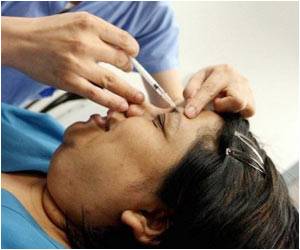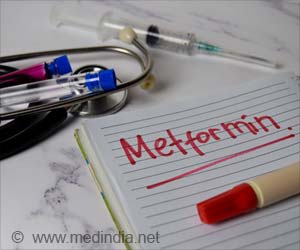US firms are widening stem cell banking from cord blood to menstrual blood to fat. But is it all worth the effort?
US firms are widening stem cell banking from cord blood to menstrual blood to fat. But is it all worth the effort?
A company called Cryo-Cell International says that menstrual fluid contains stem cells that might one day be used for medical treatments.Then there are companies that offer to extract and store stem cells from adult blood, from fat removed by liposuction, from children’s baby teeth after they fall out and from leftover embryos at fertility clinics.
But some experts say consumers should think twice before spending hundreds or thousands of dollars on such services, because it is not clear how useful such cells will be.
Last January, the American Academy of Pediatrics, in a policy statement, discouraged private banking of cord blood as “biological insurance” for a child without a known disease risk. It said there was a small chance — from 1 in 1,000 to 1 in 200,000 — that a child would ever need the blood.
But the companies, some of them small and financially shaky, are capitalizing on the excitement surrounding stem cells. The ventures portray themselves as a form of biological insurance. Cells collected from a person could one day be used to treat that person without immune system rejection. “There are potentially scores of applications that could emerge over time,” said Mercedes Walton, chief executive of Cryo-Cell.
Menstrual fluid is the newest service, and the least is known about these cells. Cryo-Cell has long been in the cord-blood-banking business, but in November it began a service called C’elle for the menstrual blood.
Advertisement
The service costs $499 for collection and processing, and $99 a year for storage. The company will not refund the processing fee if it fails to extract viable stem cells, though it might allow the woman to send another sample. The C’elle Web site urges women to store cells from multiple periods, saying it is not clear how many cells will be needed.
Advertisement
Much of the excitement about stem cells is their possible use to create other tissues like nerve cells to treat Parkinson’s disease or insulin-producing cells for diabetes. The main focus there has been on human embryonic stem cells, which are created from embryos and can potentially turn into all types of tissue in the body.
Some cell banks are working with adult cells, which are present in the body throughout life. There is evidence that some of these cells can turn into a diverse range of tissues, but the question is unsettled.
Stem cells in the pulp of baby teeth can clearly turn into part of the teeth. But contentions that the cells can also form other types of cells, like nerve cells, are more controversial.
“One day, the Tooth Fairy could save your child’s life” is the slogan of BioEden Inc. of Austin, Tex., which says the cells might be used in the future for numerous diseases, including neurological ones like Parkinson’s and spinal cord injury.
“There’s never been a demonstration that these cells actually form nerve cells that can function as nerve cells,” said Pamela Gehron Robey, who headed the lab at the National Institutes of Health, where the baby-teeth stem cells were discovered.
Others say it is quite unlikely a person will ever need such cells. And the technology could change so much that cells stored now may not be needed if a person falls ill in 10 or 20 years. Recently, scientists found a way to turn skin cells into cells that behave like embryonic stem cells. That might allow a person of any age to have customized tissue created on the spot, says ANDREW POLLACK, writing in New York Times.
For patients with some cancers, cells can be collected even after a patient becomes sick. And progress is being made on using cells from only partly matched donors.
The main use of stem cells now is to reconstitute the immune system after strong chemotherapy or radiation treatment for certain cancers of the blood. The cells are generally blood-forming stem cells from the bone marrow or bloodstream. Transplants of such cells, often called bone marrow transplants, are used for other metabolic and immune system diseases, as well.
But some are so swayed by the exotic claims made by the stem cell banking firms that there is little to lose except money, even if the chance that the cells will be needed or useful is slim.
“The idea is just to have them,” said Stephanie Seidman, a patent lawyer in San Diego with a doctorate in molecular biology. “Once you get sick, it’s too late.” Ms. Seidman had cells collected from her blood at an anti-aging clinic, using a service sold by NeoStem Inc. of New York.
Source-Medindia
GPL/K







